Childhood Apraxia
What is Childhood Apraxia?
Childhood apraxia of speech (CAS), also called dyspraxia, is a motor speech disorder. Children with CAS have difficulty planning the highly coordinated motor movements required to produce clear speech. This difficulty happens at the brain level where planning the movement of the body parts needed to produce speech (i.e., tongue, lips, jaw, palate) occurs; it is not due to muscle weakness or paralysis. CAS is specific to the motor movements required for speech. Given this, children with CAS may not have difficulties with any other oral motor movements, such as those required for chewing or swallowing, although it is not uncommon for children with CAS to also have other motor planning difficulties.
Early signs of CAS may include:
*limited cooing or babbling as an infant
*delayed first words
*limited consonant and vowel sound inventories
*may have difficulties with feeding when young
*speech is difficult to understand
Note: those with an * may also be seen in children without CAS
Some markers that are specific to CAS: difficulty moving from one sound, syllable, or word to the next; may pause between sounds, syllables or words; groping movements of the tongue, lips, or jaw as the child tries to produce speech; vowel distortions (using the wrong vowel) or neutralization (using “”uh”” vowel for most vowels); inconsistent productions such as making different errors each time they say the same word; difficulty imitating speech, including simple words, but imitated speech is usually more clear than spontaneous speech.
What can professionals do to help?
Prior to having an assessment with a speech-language pathologist (SLP), the child should have their hearing evaluated by an audiologist to rule out hearing loss or impairment as a possible cause of speech difficulties.
In general, it is difficult to diagnose children with CAS prior to 2 years of age or if they demonstrate limited speech during the assessment as a certain speech sample size is required in order to rule out other speech disorders. It can also be difficult to diagnose CAS if the markers that the child is showing also overlap with other types of speech or language disorders.
The SLP will assess the child’s oral-motor abilities, intonation, and their speech sound abilities. Treatment will focus on improving the planning, sequencing, and coordination of movements required for speech production. Frequent practice (at least 3-5 times per week), including practice at home and in the clinic, is needed in order for children to make the most progress. In addition to auditory feedback, children with CAS often benefit from feedback through other senses, including touch/tactile cues and visual cues.
Links:
http://www.asha.org/public/speech/disorders/ChildhoodApraxia.htm
